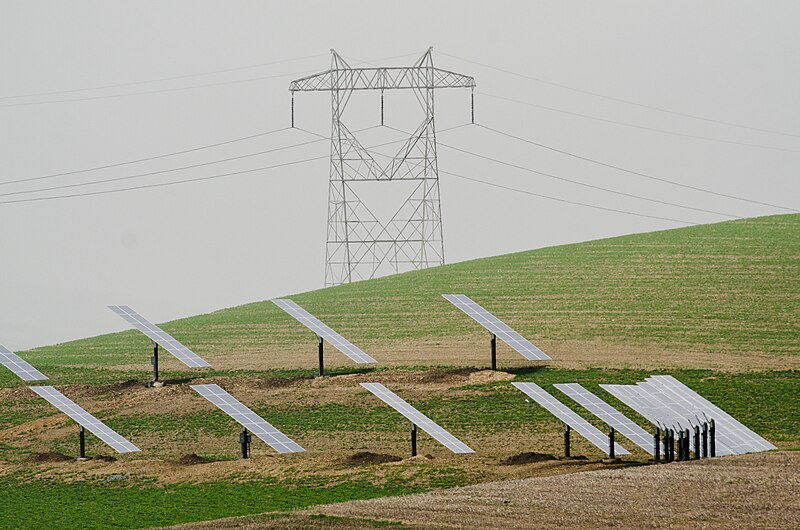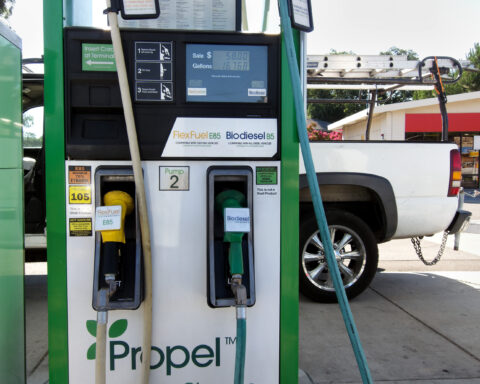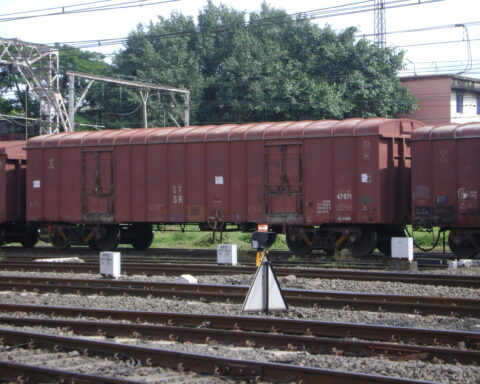The U.S. Department of Energy (DOE) has announced a $2.2 billion investment in the electrical grid for eight projects across 18 states to address skyrocketing datacenter demands, shore up resilience in the face of extreme weather caused by climate change and lower prices for industry and consumers.
Funded by the Bipartisan Infrastructure Law’s Grid Resilience and Innovation Partnerships (GRIP) Program, these projects will spur nearly $10 billion in public and private investment to deliver reliable, affordable, clean energy. New transmission infrastructure and technology upgrades to the existing grid are key to the program’s success, but it will also add nearly 13 gigawatts (GW) of grid capacity, including 4.8 GW of offshore wind and upgrade more than 1,000 miles of transmission lines.
“The first half of 2024 has already broken records for the hottest days in Earth’s history, and as extreme weather continues to hit every part of the country, we must act with urgency to strengthen our aging grid to protect American communities,” Energy Secretary Jennifer Granholm said.
The selections were made through Grid Innovation Program grants, one of the three GRIP funding mechanisms aimed at projects that modernize transmission, storage and distribution infrastructure.
As part of the eight projects, more than $300 million will go toward job training, scholarships, apprenticeship programs and grants to community organizations. Six of the GRIP initiatives will partner with local labor unions, with at least five working with local chapters of the International Brotherhood of Electrical Workers.
Key projects include:
- New transmission infrastructure to enhance grid resilience and reliability while integrating more clean energy. Two projects will establish major new transmission lines: Clean Path New York (New York Power Authority) and North Plains Connector (Montana Department of Commerce). These two lines, covering about 625 miles, will boost grid capacity by approximately 4,300 MW using high voltage direct current (HVDC) technology and other methods.
Clean Path New York will install HVDC cables underground and underwater to minimize right-of-way impacts typically associated with large-scale transmission projects.
The North Plains Connector project, in collaboration with the North Dakota Transmission Authority, will increase interregional transfer capacity and allow instantaneous changes in electricity flow direction to support either the eastern or western grid as needed, enhancing resilience and reliability. The project will also aid in developing wind resources for the Standing Rock Sioux Tribe.
- Advanced technology upgrades to upgrade grid technologies such as advanced conductors, dynamic line ratings, microgrids and advanced distribution management systems to improve grid capacity along existing rights of way.
Six projects will incorporate these technologies into the existing electric grid, increasing capacity and transforming grid operations. Three projects will install advanced conductors on a large scale, upgrading approximately 400 miles of existing transmission lines. The other three projects will support dynamic line rating, a grid-enhancing technology that boosts system reliability by allowing transmission lines to increase power flow while maintaining safe operations.
- Federal, interstate, and private sector collaboration to create new partnerships, particularly across states and with private entities.
The RELIEF project, led by the Utah Office of Energy Development in partnership with Arizona, Idaho, Oregon, Wyoming and the California Independent System Operator, will tackle system contingency issues and prevent more than 5,500 hours of potential outages for 700,000 utility customers across the five states.
The Power Up New England project, spearheaded by the Massachusetts Department of Energy Resources in collaboration with Connecticut, Maine, Rhode Island, New Hampshire and Vermont, seeks to reduce wholesale energy supply costs for New England customers by about $1.55 billion. It will also establish new offshore wind interconnections in Massachusetts and Connecticut, paving the way for an additional 4.8 GW of offshore wind capacity.
The full list of projects is available on the GRIP Program website.
Photo by USDAgov













